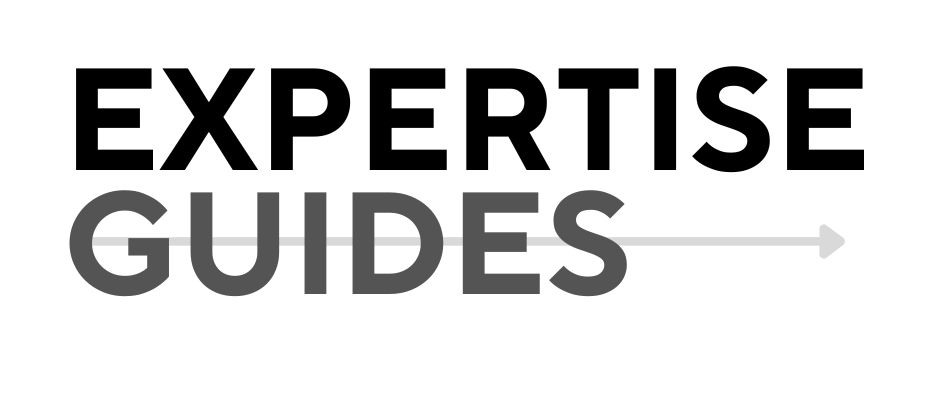Summary: Learn practical strategies for resolving conflicts through self-awareness, active listening, and collaborative problem-solving.
Information Type: Workbook
The Enhanced Conflict Resolution Workbook: A Journey to Better Communication and Understanding
Introduction: Understanding Conflict and Its Impact
Conflict is an inevitable part of human interaction. It arises when individuals or groups have differing needs, interests, or perspectives. Common causes of conflict include miscommunication, personality clashes, and competition for resources. Effective conflict resolution is crucial because unresolved conflicts can lead to stress, decreased productivity, and damaged relationships.
Reflection Question: Think about a recent conflict you experienced. What were the main factors that contributed to it?
Self-Awareness in Conflict Situations
Identifying Your Conflict Management Style
Understanding your approach to conflict is the first step in managing it effectively. Common styles include avoidance, accommodation, competition, compromise, and collaboration. Each style has its strengths and weaknesses depending on the situation.
Recognizing Emotional Triggers
Emotional triggers are specific behaviors or events that can provoke a strong emotional response. Recognizing these triggers can help you manage your reactions and respond more thoughtfully during conflicts.
Understanding Personal Biases and Assumptions
Biases and assumptions can cloud our judgment and escalate conflicts. Reflecting on your biases and challenging your assumptions can lead to more constructive interactions.
Exercise: Complete the “Conflict Management Style Assessment” and reflect on your results.
Active Listening and Empathy Building
Techniques for Active Listening
Active listening involves fully concentrating, understanding, responding, and remembering what is being said. Techniques include maintaining eye contact, nodding, and summarizing the speaker’s points.
Developing Empathy in Conflict Situations
Empathy is the ability to understand and share the feelings of another. Practicing empathy can help de-escalate conflicts and foster mutual respect.
Practicing Perspective-Taking
Perspective-taking involves seeing a situation from another person’s point of view. This can lead to greater understanding and more effective conflict resolution.
Role-Play Exercise: With a partner, practice active listening techniques in a simulated conflict scenario.
Effective Communication Strategies
Using “I” Statements
“I” statements focus on your feelings and experiences rather than blaming the other person. For example, “I feel upset when meetings start late because it affects my schedule.”
Non-Violent Communication Techniques
Non-violent communication involves expressing your needs and feelings without aggression. It includes observing without judgment, expressing feelings, stating needs, and making requests.
Asking Clarifying Questions
Clarifying questions help ensure you understand the other person’s perspective. Examples include, “Can you explain what you mean by that?” or “How did that make you feel?”
Writing Exercise: Reframe accusatory statements into “I” statements.
Collaborative Problem-Solving
Identifying Shared Interests and Goals
Focusing on shared interests and goals can help find common ground and foster cooperation. It shifts the focus from competing to collaborating.
Brainstorming Win-Win Solutions
Brainstorming involves generating multiple solutions without judgment. The goal is to find mutually beneficial outcomes that satisfy everyone’s needs.
Negotiation and Compromise Techniques
Effective negotiation and compromise involve clear communication, understanding each other’s priorities, and being willing to make concessions.
Group Activity: In small groups, apply the collaborative problem-solving process to a given conflict scenario.
Final Reflection: How has your understanding of conflict resolution changed after completing this workbook? What specific techniques will you apply in your personal or professional life?
This workbook format allows for interactive engagement with the material, fostering critical thinking and practical application of conflict resolution skills. The exercises and reflection questions encourage participants to analyze their own experiences and perspectives while also considering opposing viewpoints. This approach aligns with the goal of fostering critical thinking and effective communication.
Call to Action: Follow me for more insights on conflict resolution, comment with your thoughts, and share this article with those who might benefit from enhanced conflict resolution techniques.
References:
– Include any relevant sources or additional reading materials for further exploration.
Note: Ensure every paragraph in the content has a blank line before and after for enhanced readability.
By actively engaging with this workbook, you’ll gain practical tools to navigate conflicts more effectively, leading to healthier relationships and more productive interactions.


